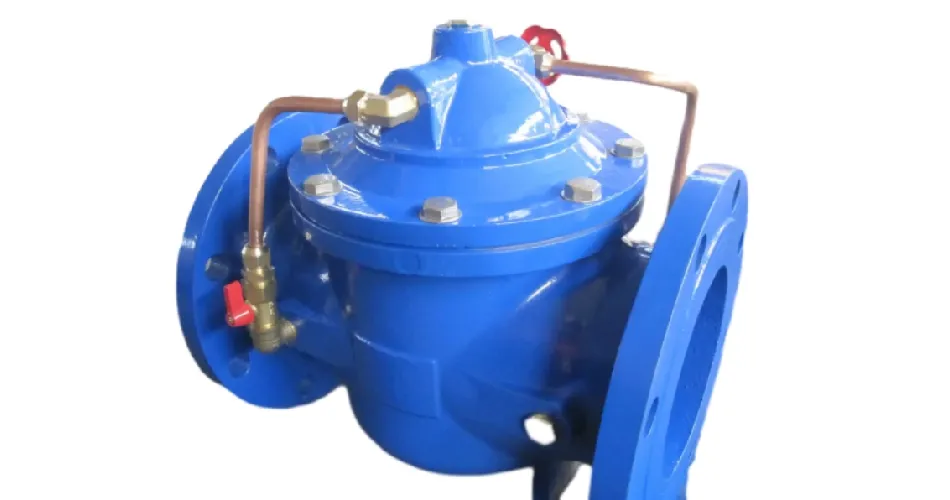nov . 07, 2024 11:05 Back to list
Exploring Various Categories of Ball Valves for Diverse Applications and Industries
Understanding the Different Types of Ball Valves
Ball valves are widely used in various industries due to their durability, reliability, and ease of use. They are mechanical devices that control the flow of liquids or gases through a system by employing a spherical closure element known as a ball. The ball rotates around its axis, allowing or blocking the passage of fluid based on its position. Here, we will explore the different types of ball valves, their characteristics, and their applications.
1. Floating Ball Valve
The floating ball valve is one of the most common types of ball valves. In this design, the ball is not fixed but instead floats in the valve body. It is held in place by the pressure of the medium flowing through the valve. When the valve is turned to the open position, the ball moves slightly upstream, allowing fluid to pass through. As the pressure increases, the ball is pressed firmly against the downstream seat, ensuring a tight seal. Floating ball valves are typically used in lower-pressure applications, such as water supplies and chemical processes.
2. Trunnion Ball Valve
In contrast to the floating ball valve, a trunnion ball valve has the ball supported by a trunnion, or a shaft that holds the ball in place. This design not only allows the valve to handle higher pressures but also enables ease of operation with larger diameter pipes. The trunnion design creates a more stable seating surface, reducing the potential for leakage. These valves are commonly found in oil and gas applications, pipelines, and power generation systems.
For applications that require throttling or flow control, the V-port ball valve is an excellent choice. This type features a ball with a V-shaped port, which allows for more precise control of flow rates. By adjusting the angle of the ball, operators can fine-tune the flow, making it suitable for processes that demand high degrees of accuracy. V-port ball valves are often used in HVAC systems, chemical processing, and various industrial applications.
different types of ball valves

4. Cavity Filled Ball Valve
Cavity filled ball valves come with a cavity filled with an elastomeric material. This design prevents the accumulation of debris and reduces the risk of fluid entering the valve body’s voids. The elastomer fill acts as a barrier, mitigating the impact of changes in pressure and temperature on the valve. These types of valves are ideal for areas that may encounter hazardous materials or where cleanliness is a priority, such as pharmaceutical and food processing industries.
5. Metal Seated Ball Valve
For applications involving extreme temperatures or aggressive media, metal-seated ball valves are the ideal choice. Unlike traditional soft-seated ball valves, which use rubber or plastic for sealing, metal-seated valves are designed with hard materials that can withstand harsh conditions. They provide excellent durability and are often employed in industries such as oil and gas, chemical processing, and power generation.
6. Electric and Pneumatic Ball Valves
To further enhance control, ball valves can be equipped with actuators that allow for automatic operation. Electric and pneumatic ball valves enable remote control of fluid flow, simplifying the operation of complex systems. These valves are especially useful in processes requiring frequent adjustments and quick response times, making them popular in manufacturing, water treatment, and process control environments.
Conclusion
In conclusion, ball valves are versatile and essential components in many industrial applications. By understanding the different types of ball valves—floating, trunnion, V-port, cavity filled, metal seated, and those equipped with actuators—engineers and operators can make informed decisions based on their specific requirements. Proper selection and maintenance of the right type of ball valve will optimize system efficiency and longevity, contributing to the overall success of any operation.
-
Right Angle Ruler Innovations in Measuring ToolsNewsJul.18,2025
-
Parallel Ruler Maintenance for Long-Term AccuracyNewsJul.18,2025
-
Magnetic V Block 4 Inch Cost Effectiveness AnalysisNewsJul.18,2025
-
Internal Thread Gauge Innovations for Faster InspectionNewsJul.18,2025
-
Ground Anchor Applications in Construction and LandscapingNewsJul.18,2025
-
Butterfly Valve Types StandardsNewsJul.18,2025
Related PRODUCTS









